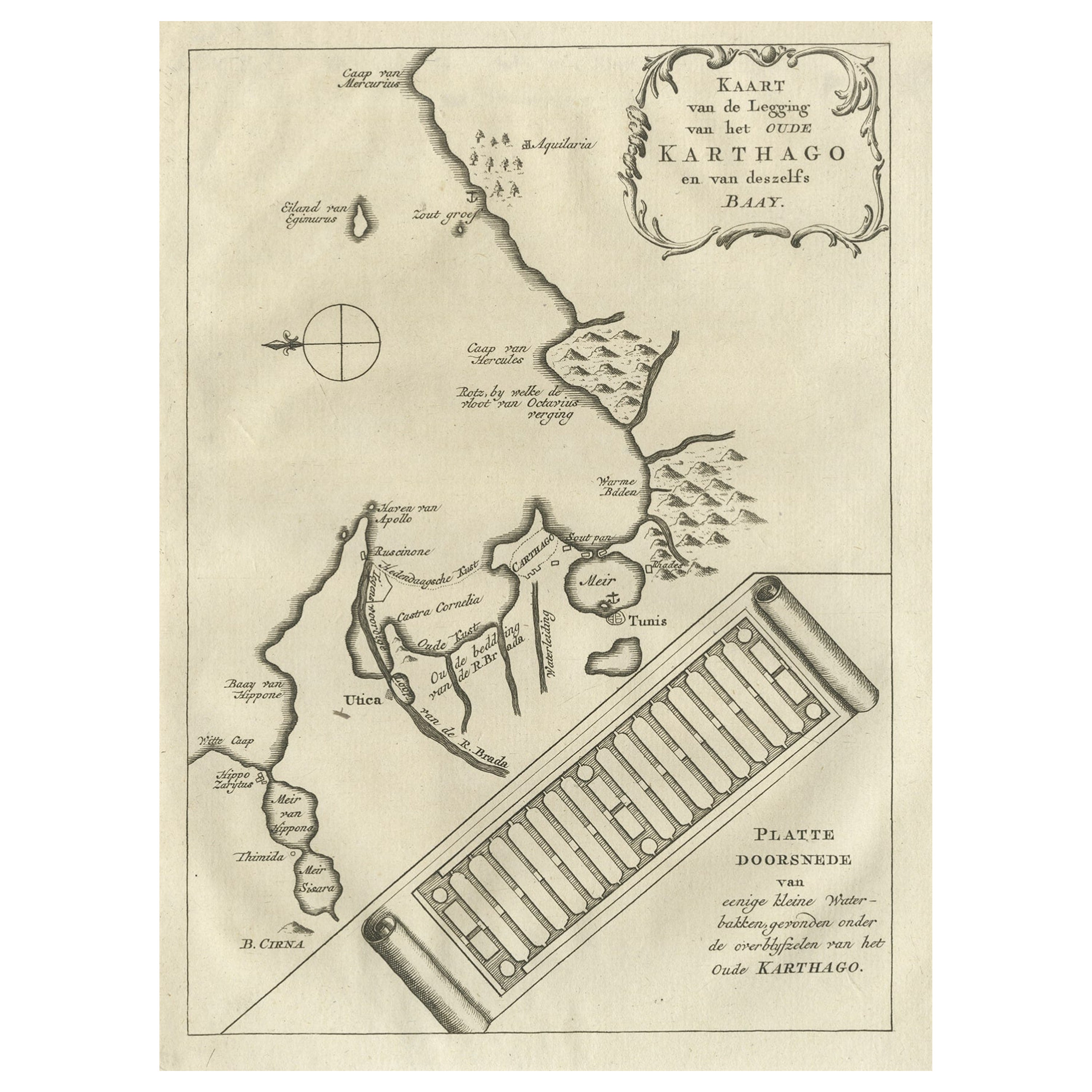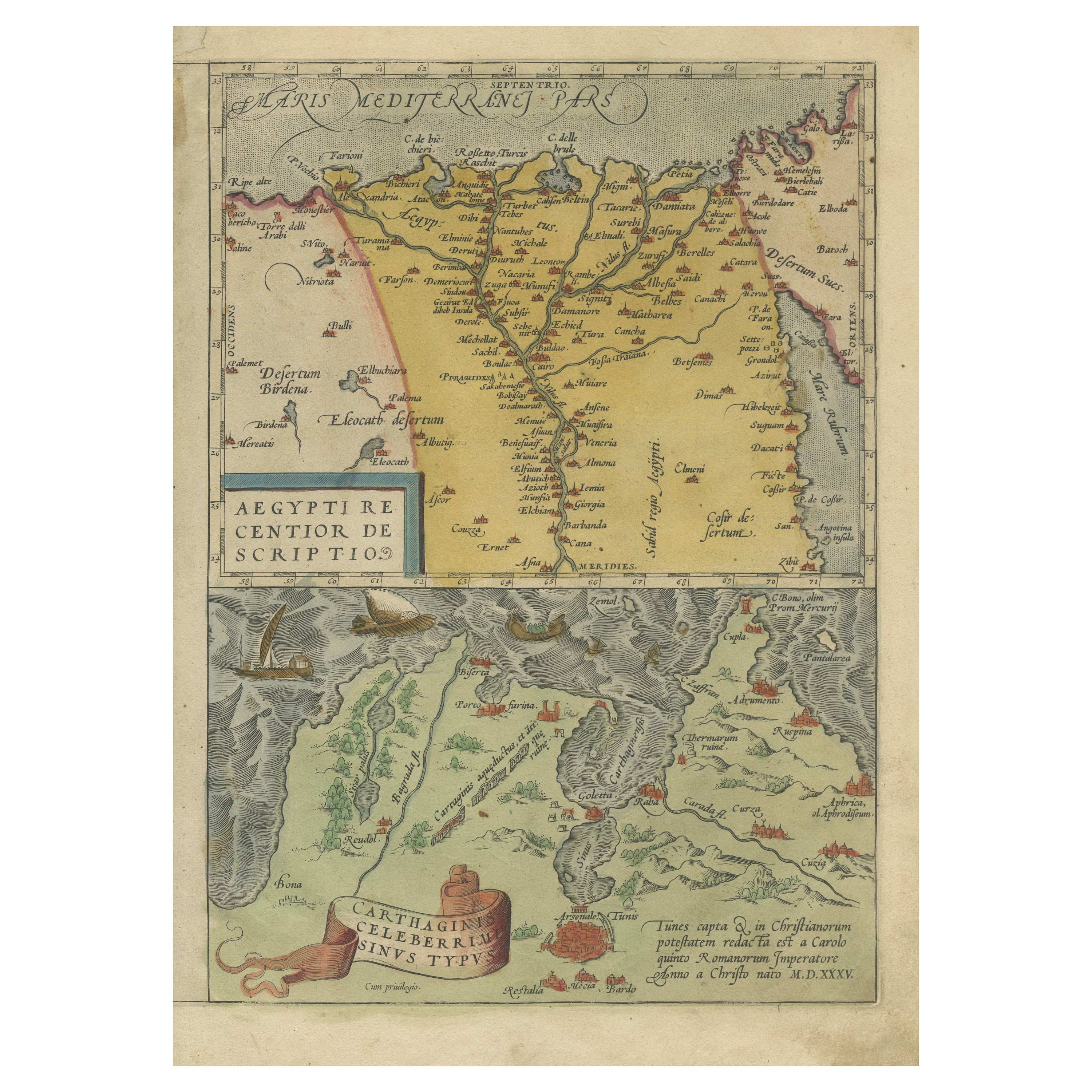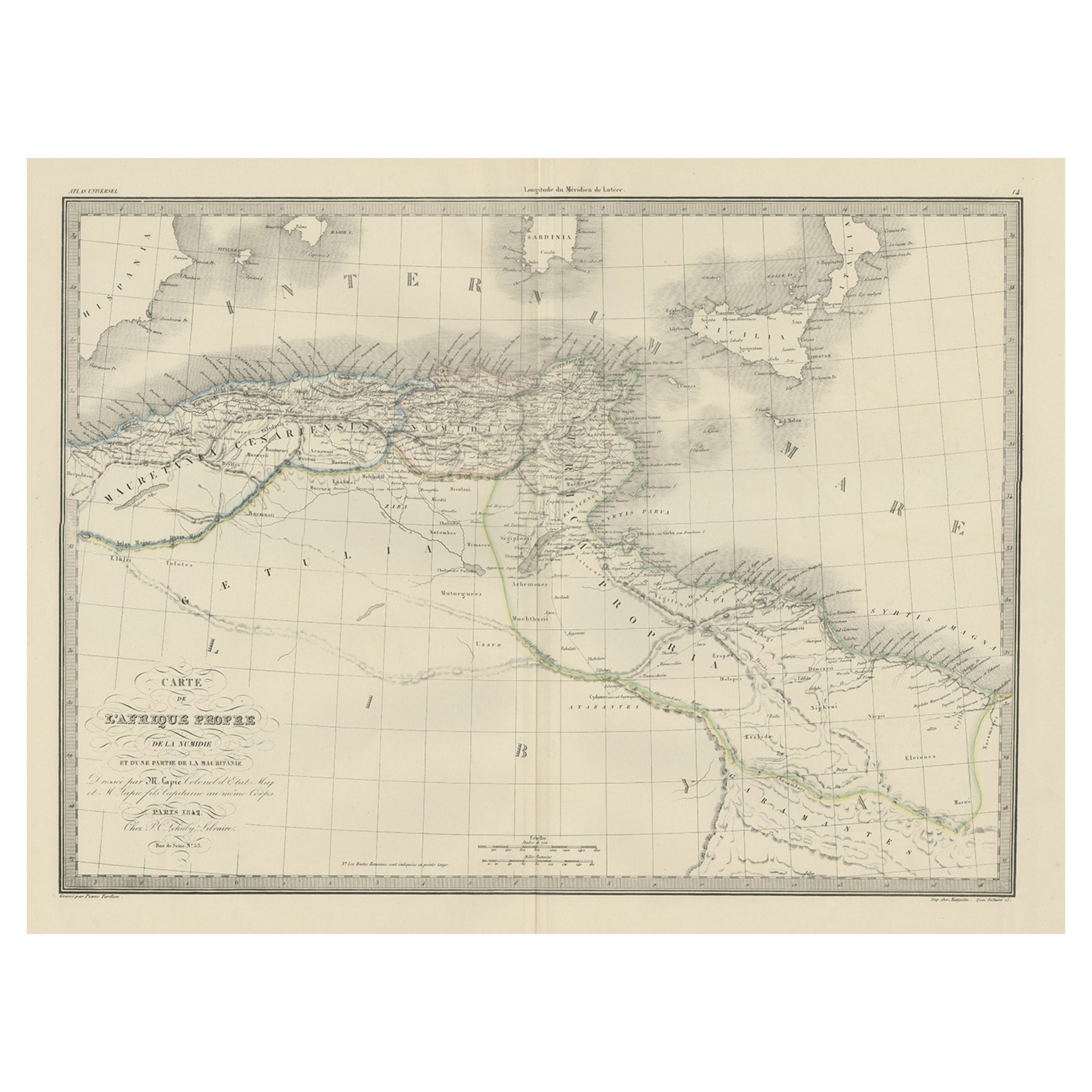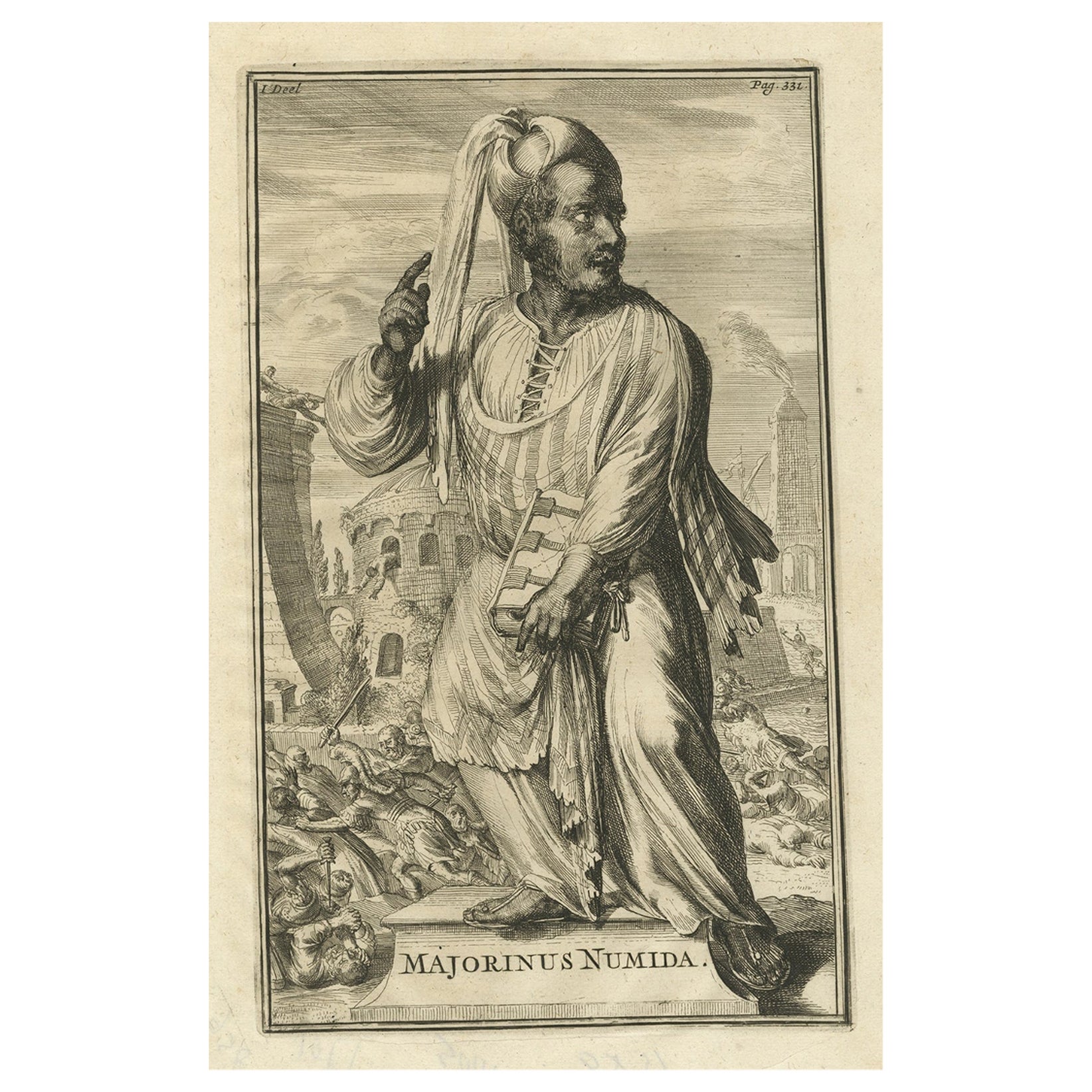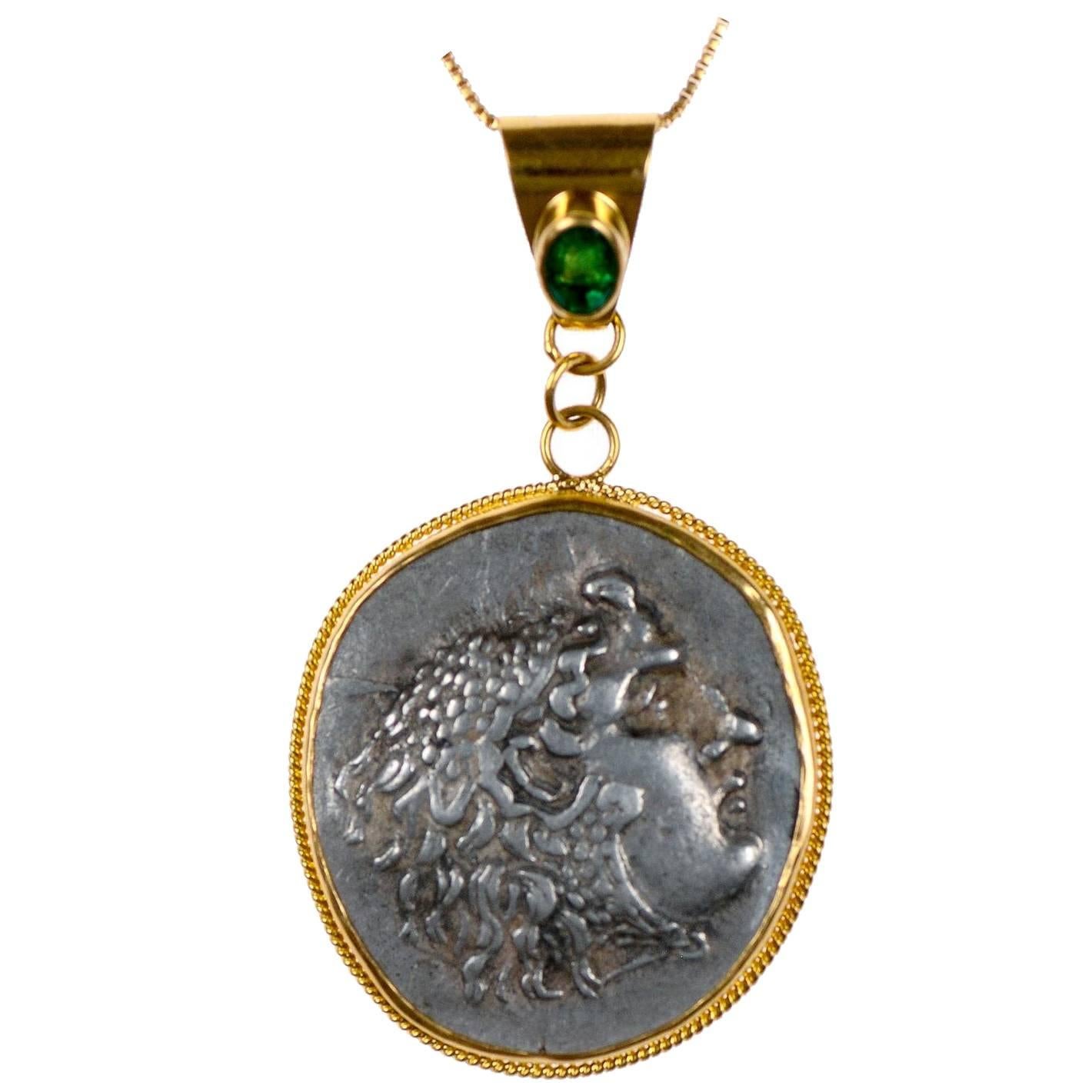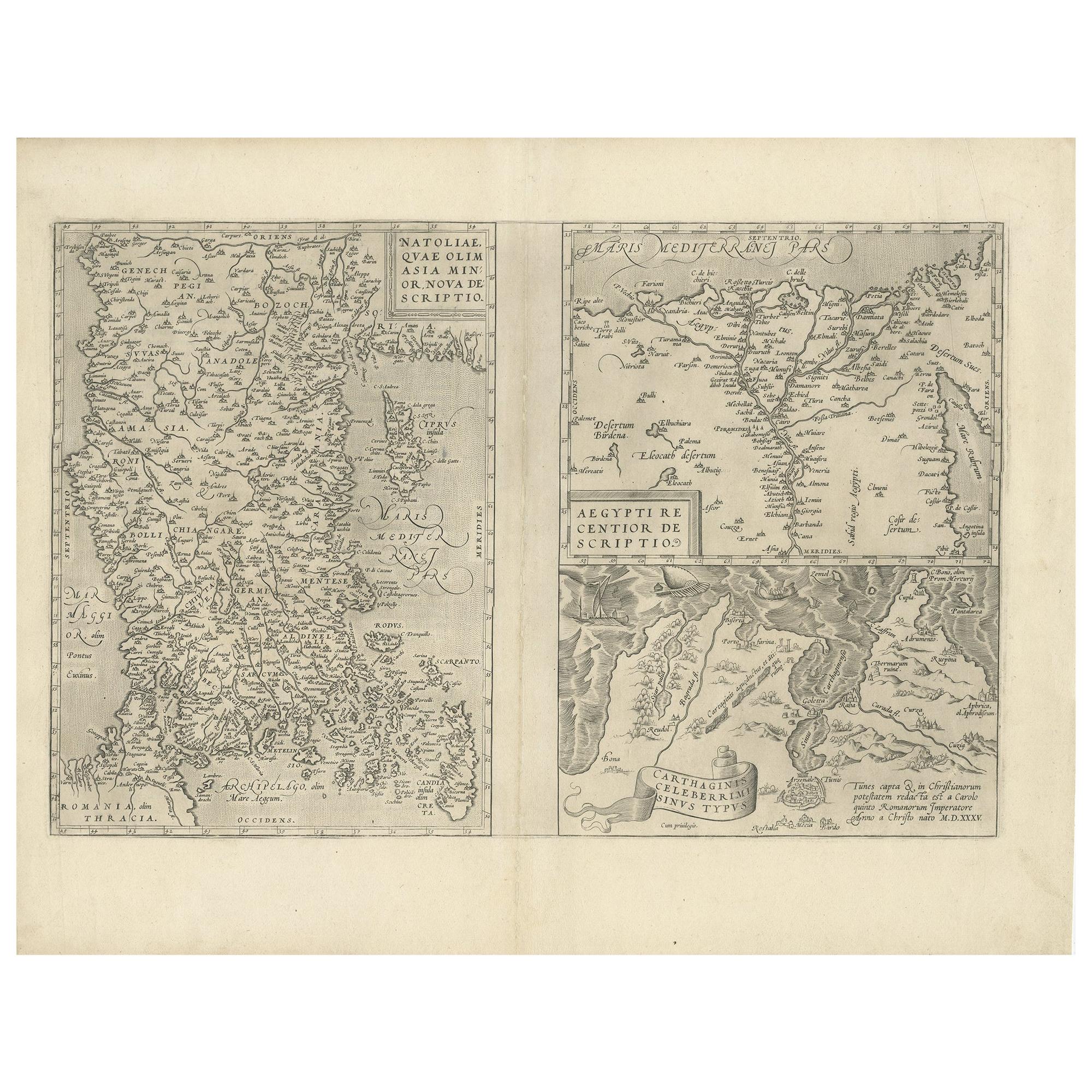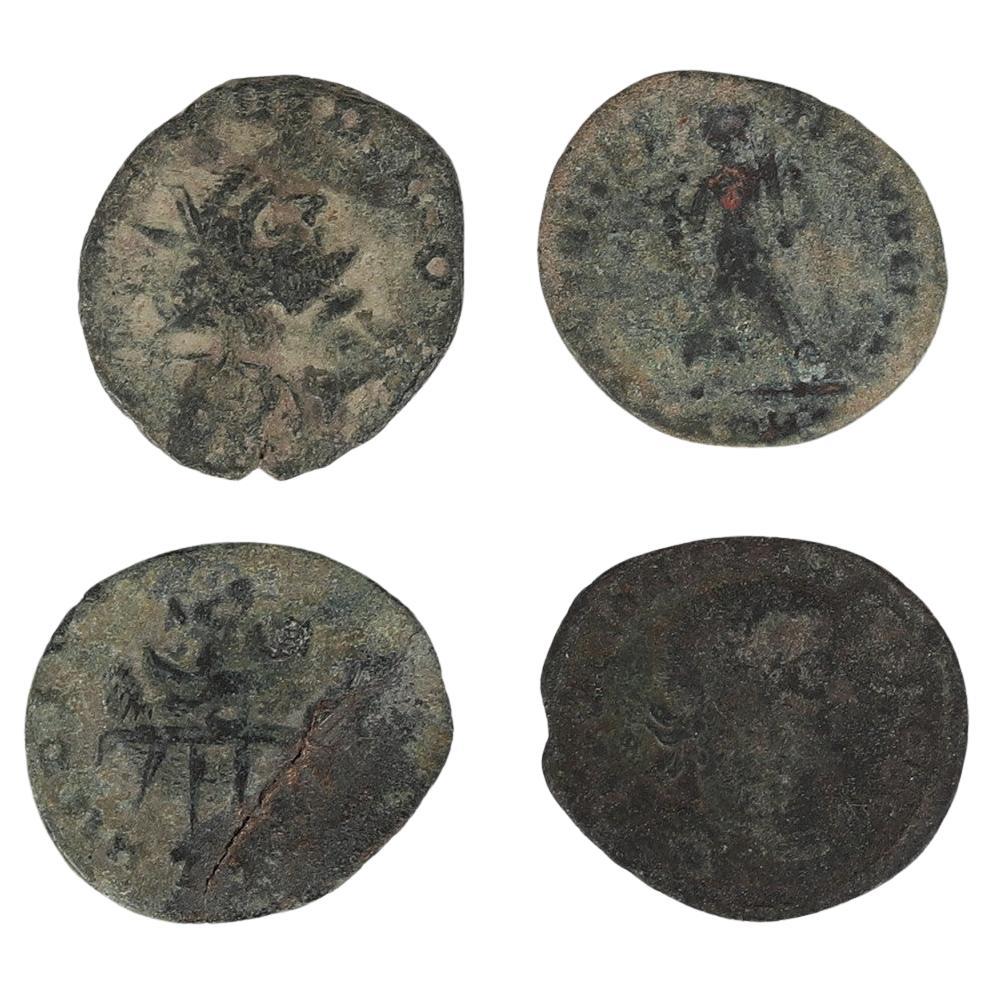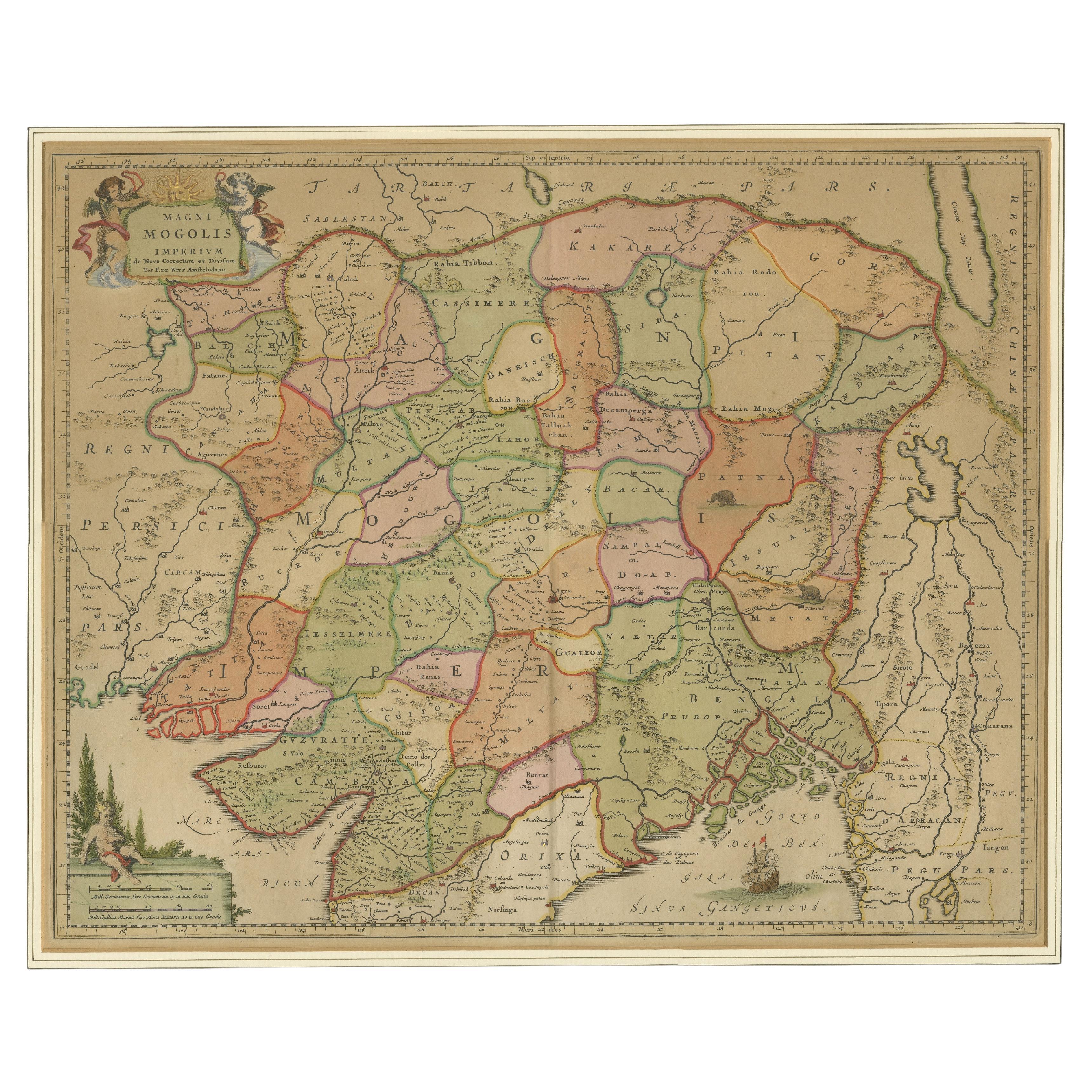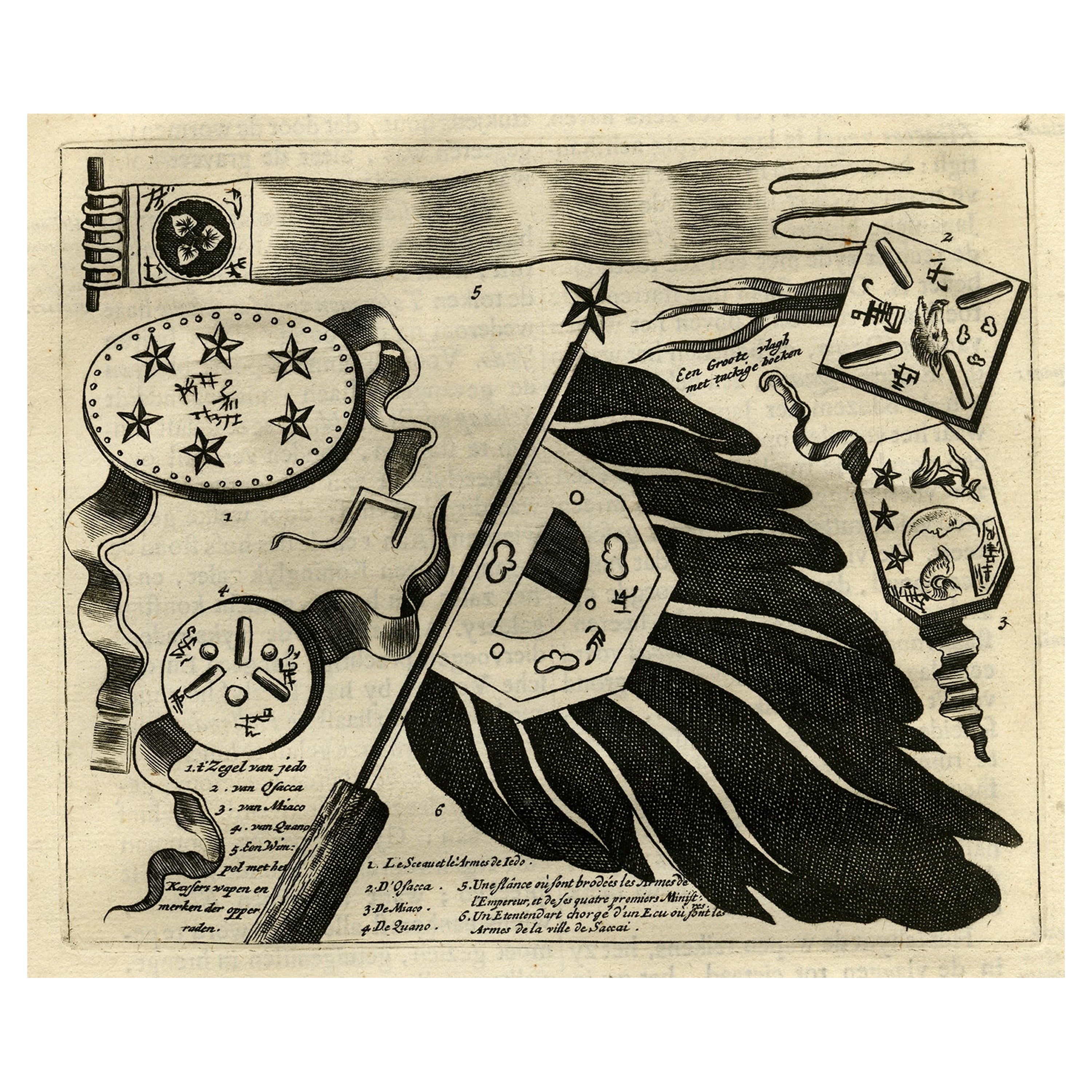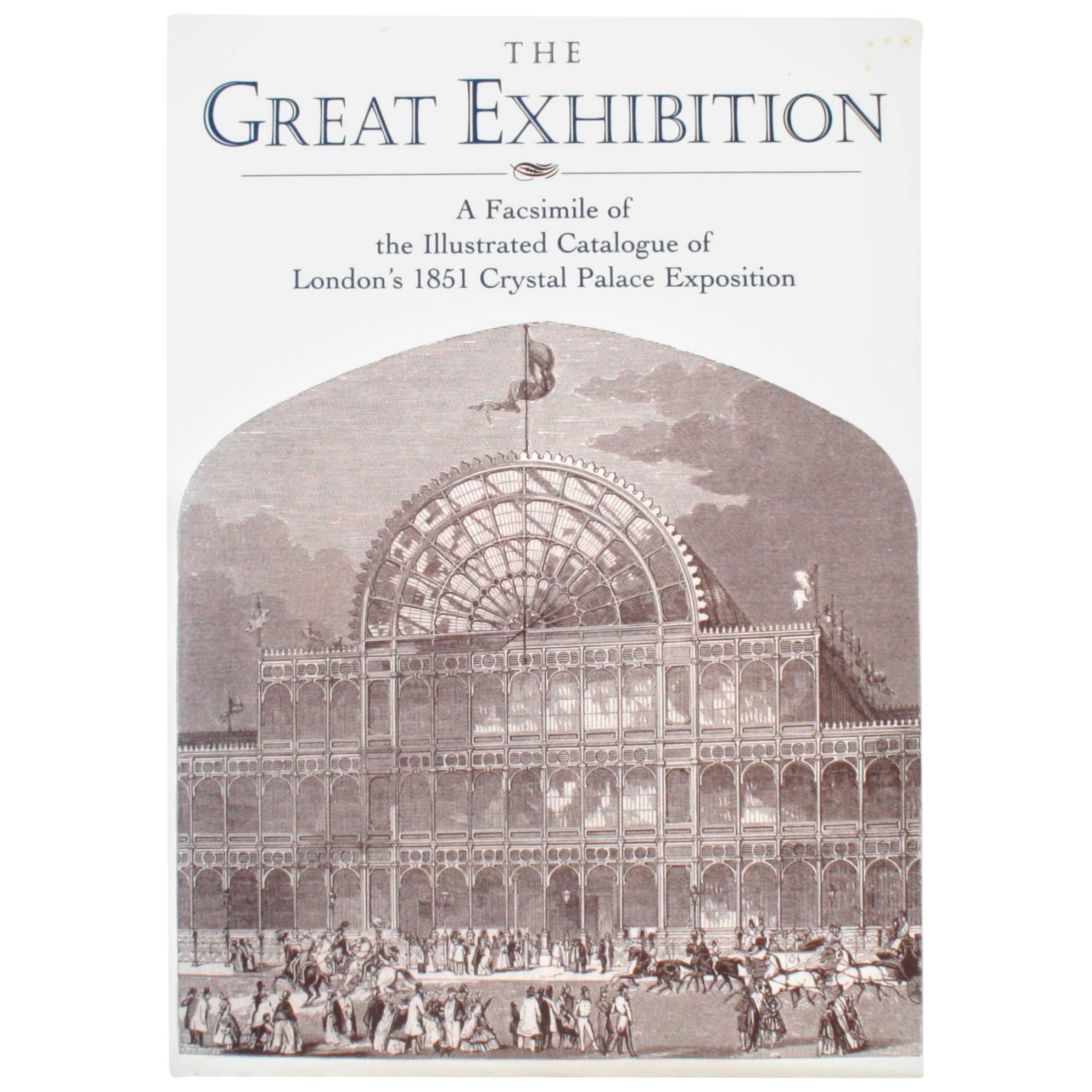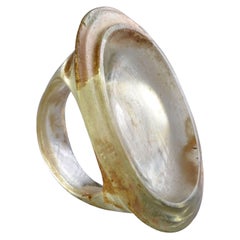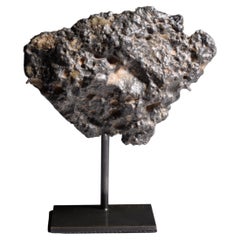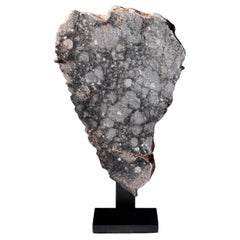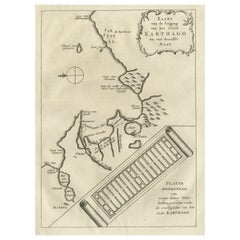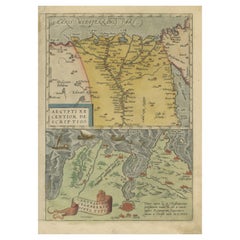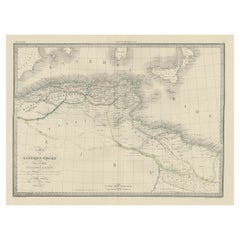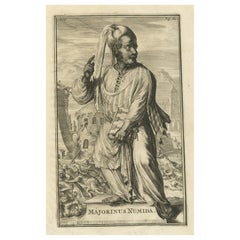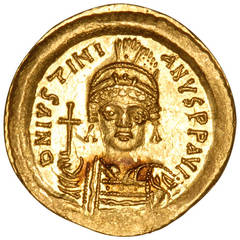
Byzantine Gold Solidus Carthage Coin of Emperor Justinian I the Great, 527 AD
View Similar Items
Want more images or videos?
Request additional images or videos from the seller
1 of 4
Byzantine Gold Solidus Carthage Coin of Emperor Justinian I the Great, 527 AD
$3,100List Price
About the Item
- Dimensions:Height: 0.2 in (5 mm)Diameter: 0.83 in (2.1 cm)
- Place of Origin:
- Period:
- Date of Manufacture:547 AD
- Condition:
- Seller Location:London, GB
- Reference Number:1stDibs: LU105221294384
About the Seller
5.0
Recognized Seller
These prestigious sellers are industry leaders and represent the highest echelon for item quality and design.
Established in 2007
1stDibs seller since 2014
102 sales on 1stDibs
Typical response time: 1 hour
Associations
LAPADA - The Association of Arts & Antiques DealersInternational Confederation of Art and Antique Dealers' AssociationsThe British Antique Dealers' Association
Authenticity Guarantee
In the unlikely event there’s an issue with an item’s authenticity, contact us within 1 year for a full refund. DetailsMoney-Back Guarantee
If your item is not as described, is damaged in transit, or does not arrive, contact us within 7 days for a full refund. Details24-Hour Cancellation
You have a 24-hour grace period in which to reconsider your purchase, with no questions asked.Vetted Professional Sellers
Our world-class sellers must adhere to strict standards for service and quality, maintaining the integrity of our listings.Price-Match Guarantee
If you find that a seller listed the same item for a lower price elsewhere, we’ll match it.Trusted Global Delivery
Our best-in-class carrier network provides specialized shipping options worldwide, including custom delivery.More From This Seller
View AllAncient Greek Hellenistic Glass Finger Ring
Located in London, GB
This beautifully preserved ring was cast from light green transparent glass. Its large size and shape are typical of Hellenistic finger rings, and its now ...
Category
Antique 15th Century and Earlier Classical Greek Glass
Materials
Glass
Lunar Meteorite - A piece of the Moon
Located in London, GB
A beautiful fragment from a lunar meteorite, among the rarest of all geological finds. This specimen belongs to NWA 11303, a feldspathic regolith breccia which formed when the shock ...
Category
Antique 15th Century and Earlier Algerian Natural Specimens
Materials
Stone
Lunar Meteorite - A Piece of the Moon
Located in London, GB
A beautiful section of the lunar meteorite Gadamis 003, discovered in the oasis Berber town of Ghadames, Libya, and revealing a magnificent greyish-white spotted interior, evoking th...
Category
Antique 15th Century and Earlier Natural Specimens
Materials
Stone
Extraterrestrial Iron Sphere from the Aletai Meteorite
Located in London, GB
A magnificent meteorite sphere, cut from the famous Aletai meteorite and polished to reveal the shimmering iron-nickel matrix and the beautiful crystalline Widmanstätten pattern — a ...
Category
Antique 15th Century and Earlier Natural Specimens
Materials
Iron
Sculptural Meteorite Fragment from the Sikhote-Alin Meteorite
Located in London, GB
From the largest meteorite shower in recorded history, this impressive iron fragment is a beautiful natural sculpture from the Sikhote-Alin meteorite. Formed 4.5 billion years ago, i...
Category
Antique 15th Century and Earlier Natural Specimens
Materials
Iron
Hellenistic Grotesque Theatre Mask of Maccus
Located in London, GB
Grotesque theatrical mask of Maccus
Late Hellenistic or Early Imperial period, circa 1st century B.C. – 1st century A.D., likely from Southern Italy.
Terracotta with remains of pin...
Category
Antique 15th Century and Earlier Italian Classical Roman Figurative Scul...
Materials
Terracotta
You May Also Like
Old Dutch Map of the City of Carthage and the Bay of Carthage, 1773
Located in Langweer, NL
Antique print titled 'Kaart van de Legging van het Oude Karthago'. Old map of the city of Carthage and the Bay of Carthage. It was the center or capital city of the ancient Carthagin...
Category
Antique 1770s Maps
Materials
Paper
$304 Sale Price
20% Off
Antique Map of the Region Around the Nile and the City of Carthage
Located in Langweer, NL
Antique map titled 'Aegypti recentior descriptio - Carthaginis Celeberrimi sinus typus'. Two detailed regional maps by Ortelius. One map shows the region around the Nile, as far as A...
Category
Antique 16th Century Maps
Materials
Paper
$552 Sale Price
20% Off
The Empires of Mauritania, Carthage & Numidia 'Barbary Coast', Africa, 1842
Located in Langweer, NL
Antique map titled 'Carte de l'Afrique Propre de la Numidie (..)'.
Map of the empires of Mauritania, Carthage and Numidia (Barbary Coast). This map originates from 'Atlas univers...
Category
Antique 1840s Maps
Materials
Paper
$323 Sale Price
20% Off
Antique Engraving of Majorinus, Bishop of Carthage of the Donatist Sect, 1701
Located in Langweer, NL
Antique print, titled: 'Majorinus Numida'
Majorinus was a bishop of Carthage in dispute with Ceacilianus. He favored the so-called Donatist sect. Het died ca. 329 AD. The background to the controversy was the wave of persecutions of Christians by the Roman Emperor Diocletian. At that time some Church leaders - unwilling to endure torture or death and become martyrs - had been ready to take such acts as worshipping the gods of the old pantheon, considered idols by Christians, or surrendering church books and property to the imperial authorities. Such people became known as 'traditors' ("surrenderers"). One of these "traditors", named Caecilian, had returned to the fold of the Church once the persecutions ended, and was consecrated Bishop of Carthage and Primate of North Africa. Those of the faithful who refused to accept the authority of such a spiritual leader raised Majorinus as a rival bishop; however, Majorinus died shortly after being consecrated, and it fell to Donatus to take his place and continue the struggle.
This rare print originates from: 'Historie der Kerken en Ketteren van den beginne des Nieuwen Testaments tot aan het Jaar onses Heeren 1688. Onzydig in 't Hoogduytsch beschreeven, door den Hoog-geleerden Heer Godfried Arnold, Voor deezen Hoog-Leeraar in de Historien tot Giesen. In het Neederduyts vertaald. Vercierd met verscheyde Koopere Plaaten door den Heer Romeyn de Hooghe.' (transl.: History of Churches and Heretics from the start of the New Testament until the year of our lord 1688 ...), by Godfried Arnold, Dutch edition published by Sebastiaan Petzold, Amsterdam 1701. This edition contains portraits of heretic figures, etched by the reknown Romeyn de Hooghe.
Artists and Engravers: Made by 'Romeyn de Hooghe' after an anonymous artist. Gottfried Arnold (pseud. Christophorus Irenaeus) was an important representative of the so-called radical Pietism, publicist, church historian and chants writer (so he was believed to have written the well-known Church song 'O Durchbrecher aller Bande'). Arnold studied theology in Wittenberg. From the Lutheran Orthodoxy he converted, through writings of Spener, to Pietism, associating later into a circle around the court preacher Sprögel, who was influenced by Jakok Böhm. Many medieval mystics were later re-issued by him. In addition he was clearly influenced by Grotius and the early enlightenment. His quest for the 'true' Christianity rightly brought him in the early Church. So he arranged an edition containing the sermons of the desert father Macarius. Arnold was a skilled patristicus, although he did not escape from the creation of an ideal image of the Christian life in the early Church, in his view a flowering time which ended with the reign of Constantine. His first study of the early Church ('Die erste Liebe der Gemeinen Jesu Christi') provided him a professor position in Gießen, a post which he soon left, disappointed by what he called the 'Ruhmsachtige Vernunftwesen des akademischen Lebens'. He continued as an individual scientist and he published books and poems. His main work is 'Unparteiischen Kirchen- und Ketzerhistorie' (1699-1700), of which this is the Dutch translation. He adapts in this study the reformatory decay theory, where the censure lies no longer with Constantine, but the post-Apostolic time. The decay is temporarily lifted with the Reformation, but occurres again soon, so that even the contemporary institutional Protestantism lies under the fire of his criticism. On the other hand he favours the 'Church of the spirit' that existed in all times (invisible) and is characterised by avoiding the world and asceticism. Not the orthodoxy, but the subjectivity of religious man...
Category
Antique Early 1700s Dutch Prints
Materials
Paper
$428 Sale Price
20% Off
Ancient Macedonian Alexander the Great Coin Set in 22 kt Gold & Emerald Pendant
Located in Atlanta, GA
An Authentic Greek (Macedonian) Alexander the Great Tetradrachm Coin, 336-323 BC, set in a 22-karat gold bezel and Bail with an Emerald...
Category
Antique 15th Century and Earlier Macedonian Classical Greek Collectible ...
Materials
Metal, Gold
Antique Map of Asia Minor, Region of the Nile and Region of the City of Carthage
Located in Langweer, NL
Three antique maps on one sheet titled 'Natoliae quae olim Asia Minor [with] Aegypti recentior descriptio [with] Carthaginis Celeberrimisinus Typus'. The first map covers Asia Minor,...
Category
Antique 16th Century Maps
Materials
Paper
$476 Sale Price
20% Off
Recently Viewed
View AllMore Ways To Browse
Byzantine Coin
Byzantine Gold Coin
Antique Spanish Coins
Carthage Antique
Antique Byzantine Cross
African Head Rest
Augustus Coin
Globus Cruciger
Carthage Coin
Royal Memorabilia
Antique Camp Furniture
Naval Antiques
Shell Casing
Cleveland Antique Furniture
Antique Post Office Collectibles
Antique Feather Tree
Great Seal Of The United States
Glass Christmas Tree
